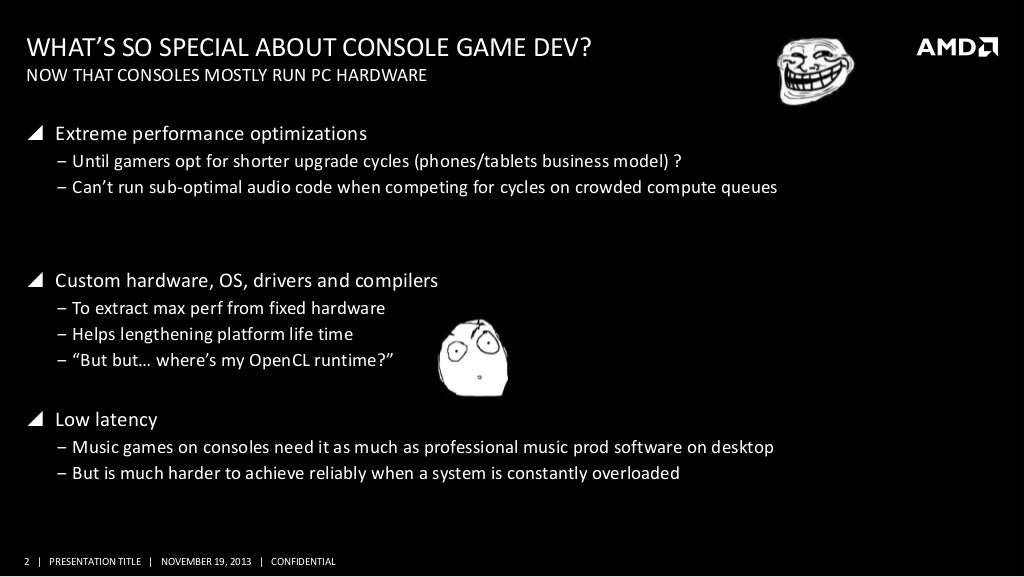anexanhume
Veteran
RDNA’s reveal definitely came across as a mixed message as they tried to get grapples on the nomenclature to differentiate an architecture from its ISA.The ISA is a significant part of what is considered the architecture. It's perhaps in a more crowded field with GPUs, in particular AMD's GPUs, because AMD lumped virtually everything in the SOC as being part of the architecture. Again.
Perhaps they're talking about a situation similar to the transition from VLIW4 to GCN, where Southern Islands had hardware similarities to the prior architecture outside of the CU array and ISA.
Sea Islands would implement more of the front-end features that would be most recognizable today, and some additional changes to the ISA as well.
Even if this happens in the case of RDNA2, I would need to see how big a departure things would be. Even within the compute portion of the architecture, there are elements or themes that are reminiscent of GCN still. Some of the particulars may stem from inherited elements, such as the number of wavefronts and barriers per CU, or for example some similar rules for wait counts and the same general pipeline organization for the instruction types.
The only comment I can add is that perhaps the advent of CDNA will leave RDNA less constrained going forward.
Sounds like he explained information that was already there versus unveiling new info.He's on discord, you should hop on to see all the juicy dumps from real developers!
Currently, DXR only defines fixed function ray-triangle intersection. To do intersection tests along fancy geometric representations such as spheres, voxels, signed distance fields or any type of procedural geometry really you would have to 'emulate' the ray-AABB intersection tests using intersection shaders. In the patent describing the "ray intersection engine", it mentions the capability to do those "ray-box intersection tests" along with the ray-triangle intersection tests. Highly optimal for doing voxel rendering.
Last edited:

